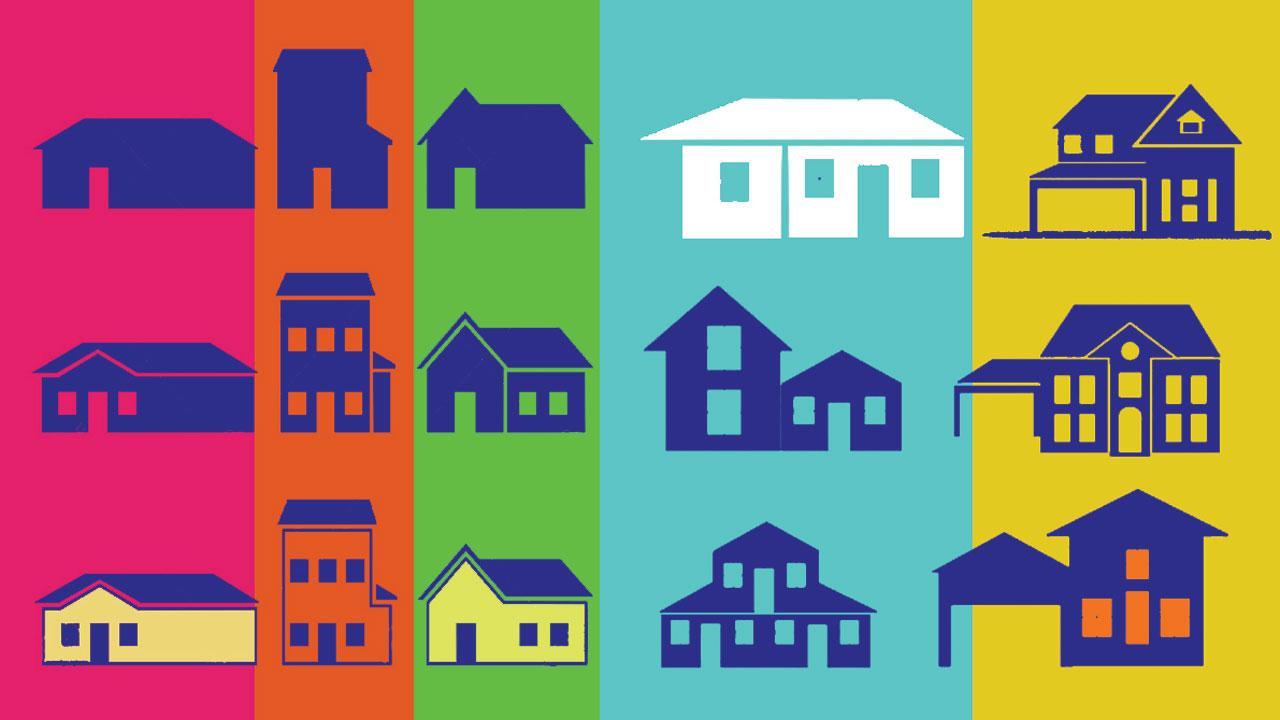The idea of belonging present in the stunning diversity of the work, throbbed with life and meaning, like a rainforest

Illustration/Uday Mohite
![]() What does it mean to belong? Before the world was so hyperlinked, perhaps the answers to this question seemed more accessible.
What does it mean to belong? Before the world was so hyperlinked, perhaps the answers to this question seemed more accessible.
ADVERTISEMENT
This was also the question at the heart of a truly extraordinary art show I saw this week. Lokame Theravadu, or The World is One Family, is an exhibition of contemporary art by artists from Kerala, held in public venues across the city of Allapuzha/Alleppy, organised by the Kochi Biennale Foundation. The event showcased the works of 267 artists —some who live in the state, others live around the world or India. Their relationship to the culture of Kerala was sometimes tangible—through images recognisably of Kerala’s natural and social landscape. At other times, it was something you discerned, through a mood, a stance, a tone or approach. Themes ranged from childhood, politics, nature, history, gender, pain, isolation, work and bodies. The idea of belonging present in the stunning diversity of the work, throbbed with life and meaning, like a rainforest.
The exhibition’s wide embrace of these tangible and intangible forms of belonging suffuses the viewer with love. Alongside this question of cultural belonging was also the question of what it means to be an artist. Uncaring of hierarchy, but deeply cherishing of art’s meaning, the exhibition included artists who were self-taught, alongside those educated in world-famous schools and local colleges; internationally successful artists like Jitish Kallat or KS Radhakrishnan, alongside Ghafoor, an artist who illustrated comic strips in little magazines, alongside emerging young artists —everyone who had made art their home. A variety of forms – graphic design, tapestry, water colour, video—everything seen as art on the basis of the feeling and meaning it created, not where it was located, dissolving the sense of hierarchy that determines what is considered valuable or meaningful in the world. What else is it to be loved, and to belong, if not this?
This week, the Uttar Pradesh Higher Studies Commission displayed the name of the poet Akbar Allahabadi (whose name I first heard in a qawwali from Amar Akbar Anthony) to Akbar Prayagraj (the Commission claimed it was a hack. Perhaps Akbar Allahabadi’s ghost was in the mood for satire). A dead man, with a new name, perhaps underscores only dead-ness. He is loved for his poems, not his name. In his poems, he is of course always alive and he is always many more things than a name, because art is a place that is hospitable to many meanings, and interconnections between the self and the world. In turn it infects us with a hospitality and acceptance for diverse meanings.
The great cultural violence of our times is literalism, which insists on boiling people down to singular identities and meanings, and severing the overlaps and connections between people and meanings. What does it mean to belong? Perhaps it is to able to exist fluidly on the isthmus, which joins the individual self and the social community, both parts in conversation with each other, changing, not dominating each other; a bio-diversity of being that allows belonging to form in different ways, as we travel like seeds through air, cat poop and fern spores to take root where we can grow. You could call that place personhood, you could call it home.
Paromita Vohra is an award-winning Mumbai-based filmmaker, writer and curator working with fiction and non-fiction. Reach her at paromita.vohra@mid-day.com
 Subscribe today by clicking the link and stay updated with the latest news!" Click here!
Subscribe today by clicking the link and stay updated with the latest news!" Click here!







